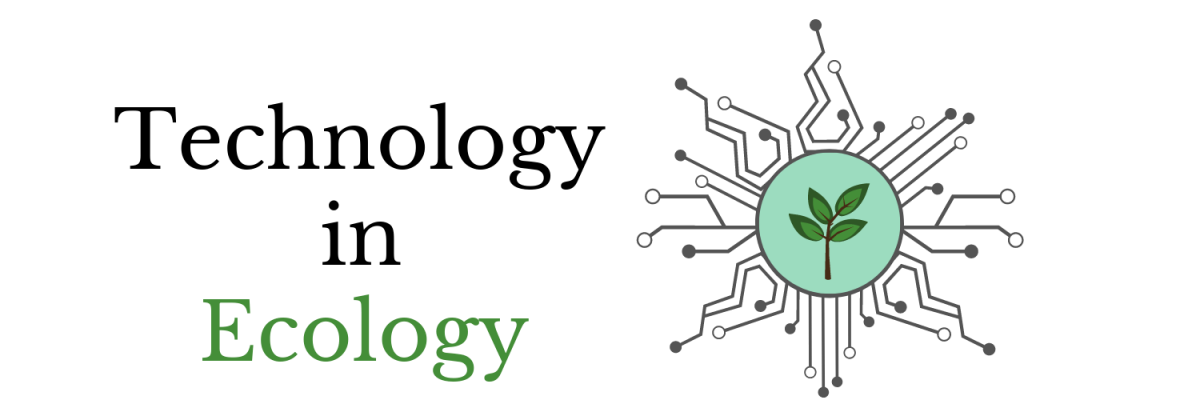Nitrogen status regulates morphological adaptation of marsh plants to elevated CO2. Nature Climate Change.
[Full article]
Wetland carbon storage controlled by millennial-scale variation in relative sea-level rise. Nature.
[Full article]
Tidal wetland stability in the face of human impacts and sea-level rise. Nature.
[Full article]
Direct and indirect effects of elevated atmospheric CO2 on net ecosystem production in a Chesapeake Bay tidal wetland. Global Change Biology.
[PDF]
Tidal marsh plant responses to elevated CO2, nitrogen fertilization, and sea level rise. Global Change Biology.
[PDF]
Jack-And-Master Trait Responses to Elevated CO2 and N: A Comparison of Native and Introduced Phragmites australis. PLOS ONE.
[PDF]











